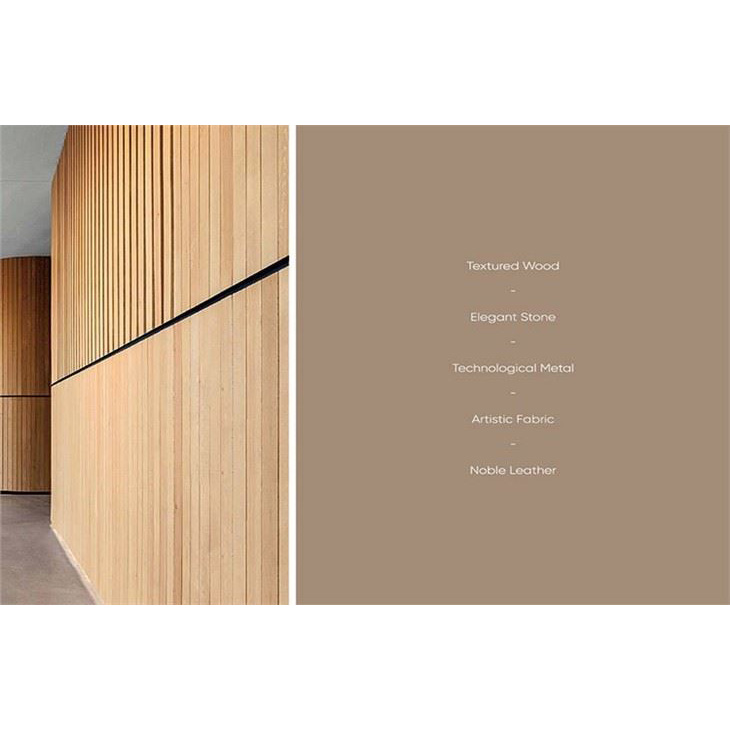Preparation method of metal
composite panel
1. Direct rolling method
The direct rolling method is a more common method for producing metal clad plates, which can be divided into hot rolling cladding method, cold rolling cladding method, asynchronous rolling cladding method and vacuum rolling cladding method.
1. Hot rolling compound method
The hot-rolled composite method is a method in which the composite material and the base material are overlapped and welded around, and the composite material and the base material are combined together by hot rolling. Under the action of shear deformation force, the contact surface between the two metals is very similar to a viscous fluid, and tends to be more fluid. Once the nascent metal surfaces appear, they produce adhesive friction behavior, which is beneficial to the fixation of the metal between the contact surfaces. Based on the fixation point, stable thermal diffusion is formed under the condition of high temperature thermal activation, so as to realize the welding bonding between metals.
2. Cold rolling composite method
Usually people call the cold-rolling compound method of equal roll diameter and equal roll speed for short. Compared with the hot-rolled composite method, the first-pass deformation of the cold-rolled composite method is larger, generally reaching 60% to 70%, or even higher. Cold-rolled cladding cold-rolls overlapping two or more layers of metal with large reductions, making them atomically bonded or tenon-fitted, and then annealed by diffusion to strengthen them.
3. Asynchronous rolling composite method
Asynchronous rolling is a strip rolling production technology that began to rise in the 1960s. It rolls metal by changing the rolling speed of the upper and lower rolls to make the linear speed of the rolls different. In the 1970s, asynchronous rolling was used for the production of clad plates, which is called asynchronous rolling and cladding. Many regions, including my country, have invested considerable efforts in basic research and industrialization. The asynchronous rolling composite method generally corresponds to the harder metal with the fast roll, and the softer metal with the slow roll. Asynchronous rolling compounding takes full advantage of the relative sliding in the "rubbing zone". On the one hand, the frictional heat generated by the relatively sliding interface provides energy for the bonding of the interface; on the other hand, the relative sliding is conducive to the crushing and extrusion of the contamination layer and oxide film on the contact surface, and promotes the generation of fresh surfaces. Therefore, relative sliding is beneficial to improve the interfacial bonding strength and reduce the average rolling pressure.
4. Vacuum rolling compound method
Usually in the atmosphere, the metal surface is covered with an oxide film and an adsorption layer, and the surface is convex and concave, which hinders the bonding between metals. The vacuum rolling composite method is divided into two cases: hot rolling and cold rolling in vacuum. The characteristics of hot rolling in vacuum are: because it does not contain an oxidizing atmosphere, oxides and nitrides are not formed on the metal surface, so that the metal that is oxidized in the atmosphere and difficult to process becomes easy to process, and the original characteristics of the new metal surface generated by plastic working Can be fully developed and can obtain clean finished metal surfaces due to the aid of degassing in the vacuum.



